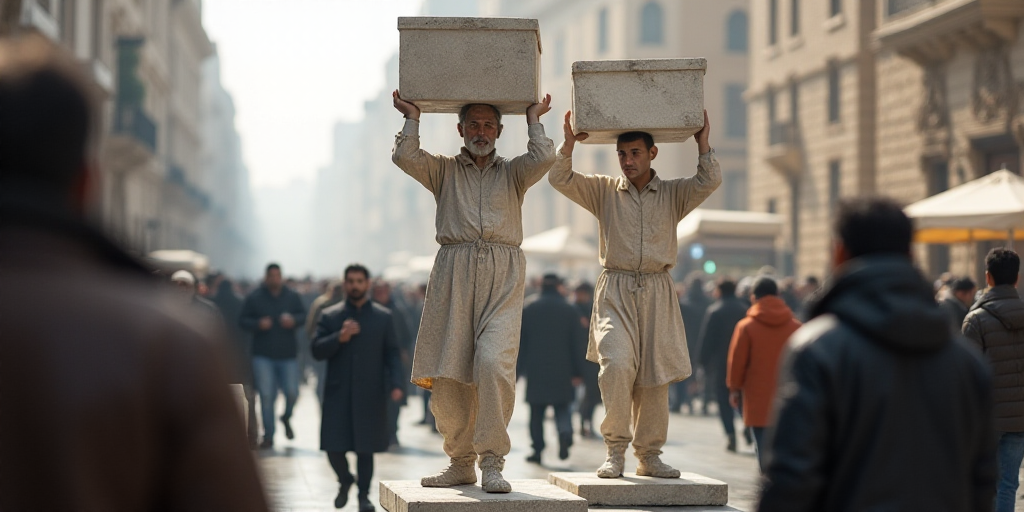Background on Key Figures and Organizations
The recent tragedy in Gaza has left at least 50 people dead, many of whom were attempting to secure food supplies. The incidents occurred near distribution centers managed by the Gaza Humanitarian Foundation (GHF), which is backed by the United States. The United Nations has rejected this plan, citing inadequate distribution methods, safety concerns, and violations of humanitarian impartiality principles.
Who is Involved?
- Gaza Humanitarian Foundation (GHF): A newly established organization supported by the United States, responsible for managing three distribution centers in areas under Israeli surveillance.
- United Nations (UN): The international organization that has rejected the GHF’s distribution plan, citing concerns about safety and impartiality.
- UNRWA (United Nations Relief and Works Agency for Palestine Refugees): The UN agency responsible for providing aid to Palestinian refugees, including those in Gaza.
- Israel: The country responsible for imposing the new distribution system, claiming that previous methods allowed Hamas militants to divert aid.
Key Events and Impact
On Monday, at least 50 people perished in shootings, with nearly half of the victims near a GHF-managed aid distribution site. According to Gaza’s Health Ministry, the incidents took place in Rafah, one of many daily mass shootings that have claimed hundreds of lives as Palestinians attempt to secure food supplies since Israel partially lifted a near-three-month total blockade.
Israel has placed the responsibility of distributing most aid allowed into Gaza on the GHF, which manages three centers in areas under Israeli military control. The UN has criticized this plan, stating that it is inadequate, dangerous, and violates humanitarian impartiality principles.
Details of the Incident
- At least 23 people died and another 200 were injured near the GHF aid distribution site in Rafah, according to medical professionals.
- The GHF claimed to have distributed over 3 million meals across its four distribution centers without incidents.
- Local health authorities reported that Israeli gunfire killed at least five people and injured dozens more as Palestinians gathered along the coastal road, hoping UN-funded aid trucks would enter the northern Gaza zone.
- Witnesses reported that desperate individuals looted four food-laden trucks.
Perspectives and Statements
“We went there thinking we would receive help to feed our children, but it turned out to be a trap, a massacre. I advise everyone not to go there,” said Ahmed Fayad, one of those who attempted to secure aid on Monday.
Philippe Lazzarini, the director of UNRWA, expressed his concern on X: “Dozens have died and been injured in recent days, including hungry people trying to obtain food from a deadly distribution system.”
Previous Distribution Methods and Current Controversy
Prior to the new system, aid was primarily distributed to Gaza’s 2.3 million residents by UN agencies like UNRWA, which employs thousands within Gaza and manages hundreds of centers across the enclave.
Israel claims it had to restrict distribution due to Hamas militants diverting food aid. However, Hamas denies these allegations and asserts that Israel uses hunger as a weapon.
Key Questions and Answers
- Who is responsible for the new distribution system in Gaza? Israel has imposed this new system, placing the responsibility on the Gaza Humanitarian Foundation (GHF).
- Why has the United Nations rejected the GHF’s distribution plan? The UN has raised concerns about inadequate distribution methods, safety issues, and violations of humanitarian impartiality principles.
- What has been the impact of this new distribution system on Palestinians in Gaza? The new system has resulted in numerous fatalities and injuries as Palestinians attempt to secure food supplies, with daily shootings occurring near distribution centers.






